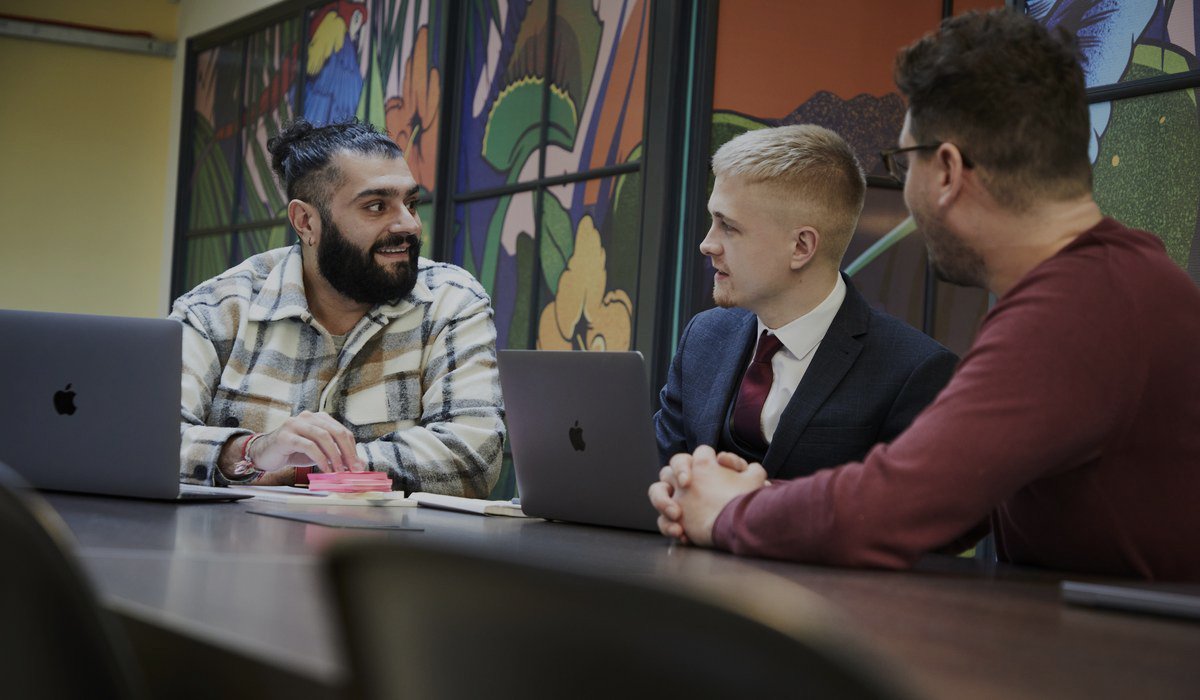Building trust with brand consistency

Across every aspect of marketing, you need consistency in order to build brand trust and loyalty am…

With the speed at which AI is changing how businesses and the workforce operate, why is listening such an important skill that very few actually do well?
If you’ve read anything that came out of SXSW (the pioneering technology and science conference in Austin, Texas) then you’ll know about the magnitude and speed at which AI is changing how businesses operate, and how rapidly this is changing the skillsets they need from employees. One of the key takeaways from the conference was the importance of durable skills - those that connect us as humans: how we observe, how we relate with others and, importantly, how we listen. Previously known as ‘soft skills’, these abilities were often assumed to be easy and unimportant but as the experts at SXSW have highlighted from the increasing integration of AI in the workspace, they're more important than ever.
You may be reading this and thinking "well, I know I’m a good listener, I nod along and I always try to make sense of what the speaker is saying." These are not traits of a good listener, and you’re not alone in thinking that they are; only 2% of people know how to listen.
We know from our market research that people don’t always say what they mean. So, when it comes to listening in everyday situations we need to make sense of what a speaker isn't saying.
Research shows that people who engage in active listening are seen as more competent, likeable, and trustworthy by others. But it’s not just good for the listener; strong active listening behaviours have been linked to better perceptions of managerial support from employees, and reduced job stress.
If we look at our own industry, the insight behind one of the most successful ads in recent times came from active listening. The famous McDonald’s eyebrow raise came from listening to the nonverbal cues in market research - every time participants discussed the moment that a family/friend suggested an outing to McDonald’s they would raise their eyebrows in a cheeky questioning notion.
One of the main reasons is that listening is assumed to be an inherent skill, and therefore it's not taught or assessed, unlike other core skills. A quick look at UK business schools’ curriculums shows that most have core modules on presenting, which is assessed as as an important skill, but listening is tucked away as a small element of other larger modules and is very rarely an assessed learning goal.
Another key problem is that we’re typically taught to listen for similarities - to back up what we already know and to look for things that enable us to relate with the person in front of us. However, the best listeners listen for difference - what’s different between their own and the speaker’s perception of a problem, situation or product. This is where the most valuable information and learnings can be found.
Listening is the willingness to have your mind changed.
There are many different types of listeners, so to find out what listening skills you’re missing, you first need to identify the type of listener you are. Types of listener include the analytical listener, who always tries to ascertain the problem; a relational listener, who tries to relate to the other person and understand the emotions fuelling what they’re saying; a task-oriented listener, who focuses on the handover of information, and many more. This article is a great place to start to find out your listening style.
In summary, with AI rapidly changing the way workforces operate, durable skills like listening are becoming evermore important. If you can identify what type of listener you are, then you can learn other listening styles and adapt your abilities to different situations. Becoming a better listener can help you be more understanding, identify shortcomings and opportunities in the workplace, and even boost your relationships, so why not start improving your listening skills now?
Our strategists use thorough research to help plan and create campaigns that deliver what your audience wants and needs. Find out more by getting in touch.
Let's talk